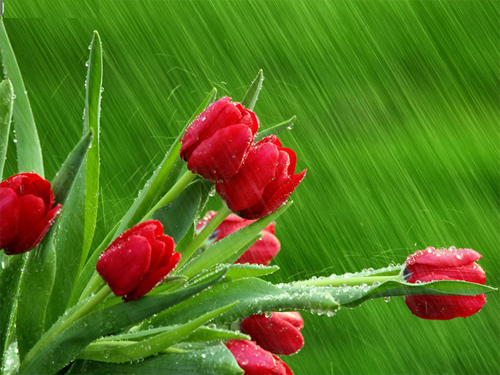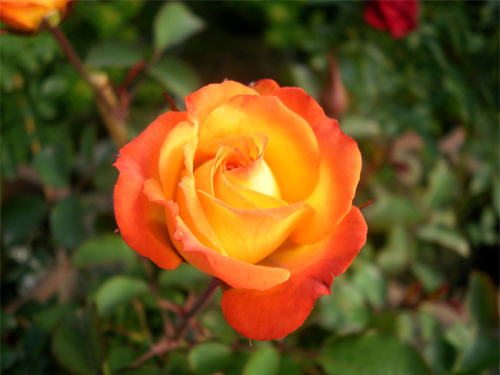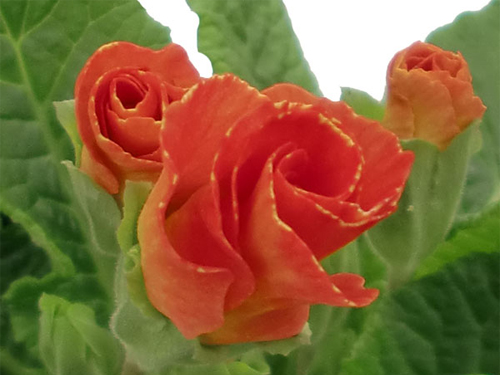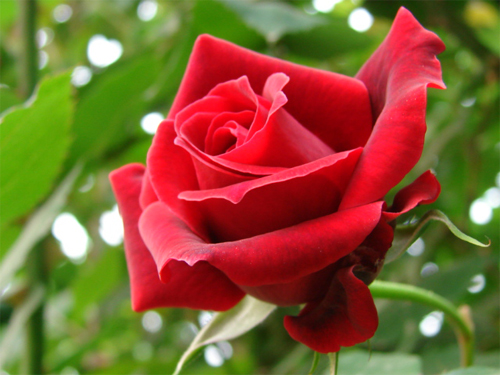Introduction to the cultivation techniques of how to plant roses
Introduction: how to plant roses? This is the topic that everyone who loves roses is most concerned about. When it comes to roses, no one will be strange to it, because its taste and color are always unforgettable. Roses like sunny, cold-resistant, drought-resistant, loose and fertile loam or light loam with good drainage, poor growth and poor flowering in clay loam.

Roses are mainly propagated by ramets, and they can also be propagated by pressing and cutting. One year before the ramet, it is necessary to apply enough fertilizer and water near the rhizosphere of the mother plant, keep the soil loose and moist, and promote a large number of roots to sprout. Because the rose has a strong tillering ability, the mother branch is easy to wither after each new branch, so the shoots near the rhizosphere must be transplanted to other places in time, so that the mother branch can still grow vigorously.

Striping is propagated in the plum rain season from June to August every year, and the sturdy branches of the same year are selected and bent into the soil. After being cut into the soil, the soil is embedded in the wound and fixed with a bamboo fork or tree branch, so that the tip of the branch is exposed to the ground and keep the soil moist. It can take root in 2 to 3 months, and it can be separated from the mother plant in the next spring and planted separately.

Before sprouting in early spring, one-year-old branches with strong growth and no diseases and insect pests were selected, cut into 20cm cuttings, and obliquely inserted into the cuttings made of Xinhe sand, with the depth of 12~14cm, compacted and watered, often keeping the temperature of the sand bed, rooting after about 30 days, and transplanting after germination.

After the new buds germinated in early spring to March, the seedlings should be transplanted with soil masses, which should not be carried out too late, otherwise it would not be easy to survive. If the seedlings were transplanted from defoliation to germination in the next spring, the seedlings could be excavated with bare roots without soil balls, but the length of lateral roots should not be less than 20cm, otherwise it would not be easy to survive. This is the end of the introduction of rose planting techniques. I hope there will be beautiful flowers in bloom.
Recommended reading: potted fruit trees planting and cultivation of mulberry in golden autumn
Related
- Wuhan Hospital Iron Tree Blooming Result Was Instantly Frightened by the Gardener Master
- Which variety of camellia is the most fragrant and best? Which one do you like best?
- What is the small blue coat, the breeding methods and matters needing attention of the succulent plant
- Dormancy time and maintenance management of succulent plants during dormancy
- Minas succulent how to raise, Minas succulent plant pictures
- What are the varieties of winter succulent plants
- How to raise succulent plants in twelve rolls? let's take a look at some experience of breeding twelve rolls.
- Attention should be paid to water control for succulent plants during dormant period (winter and summer)
- Watering experience of twelve rolls of succulent plants
- Techniques for fertilizing succulent plants. An article will let you know how to fertilize succulent plants.



